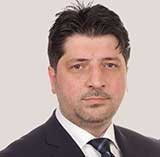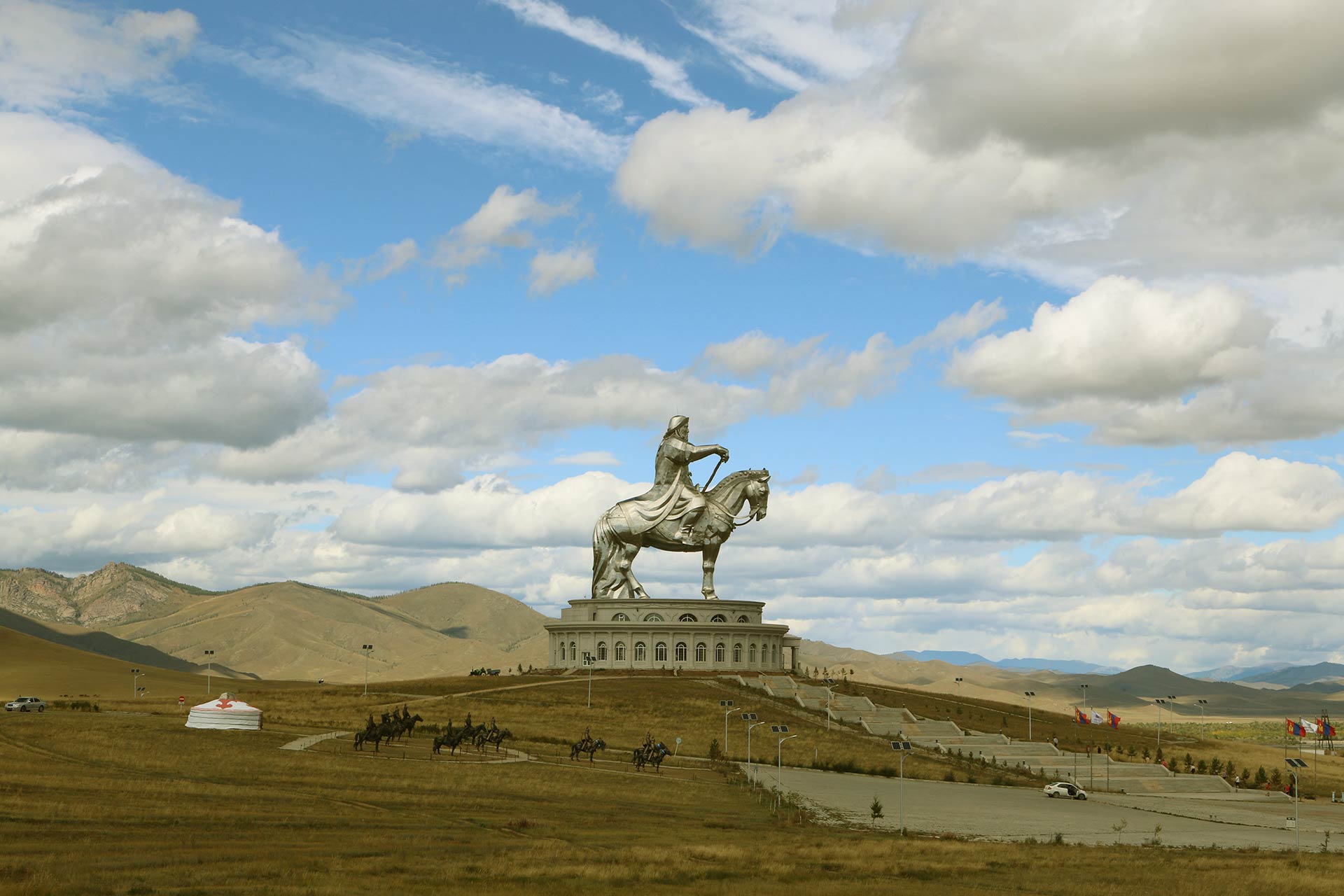Turkmenistan
Economic output will officially rise by about 6 percent in 2018.
The country possesses the world’s sixth largest reserves of natural gas and substantial oil resources.
Turkmenistan has taken a cautious approach to economic reform, hoping to use gas and cotton sales to sustain its economy. In 2014, the unemployment rate was estimated to be 11%.
Between 1998 and 2002, Turkmenistan suffered from the continued lack of adequate export routes for natural gas and from obligations on extensive short-term external debt. At the same time, however, the value of total exports has risen sharply because of increases in international oil and gas prices. Economic prospects in the near future are discouraging because of widespread internal poverty and the burden of foreign debt.
President Niyazov spent much of the country’s revenue on extensively renovating cities, Ashgabat in particular. Corruption watchdogs voiced particular concern over the management of Turkmenistan’s currency reserves, most of which are held in off-budget funds such as the Foreign Exchange Reserve Fund in the Deutsche Bank in Frankfurt, according to a report released in April 2006 by London-based non-governmental organization Global Witness.
According to the decree of the Peoples’ Council of 14 August 2003, electricity, natural gas, water and salt will be subsidized for citizens up to 2030. Under current regulations, every citizen is entitled to 35 kilowatt hours of electricity and 50 cubic meters of natural gas each month. The state also provides 250 liters (66 gallons) of water per day. In addition car drivers were entitled to 120 litres of free petrol a month until 1 July 2014. Drivers of buses, lorries and tractors could get 200 litres of fuel and motorcyclists and scooter riders 40 litres free. On 5 September 2006, after Turkmenistan threatened to cut off supplies, Russia agreed to raise the price it pays for Turkmen natural gas from $65 to $100 per 1,000 cubic meters. Two-thirds of Turkmen gas goes through the Russian state-owned Gazprom.
Natural gas and export routes
As of May 2011, the Galkynysh gas field has the second-largest volume of gas in the world, after the South Pars field in the Persian Gulf. Reserves at the Galkynysh gas field are estimated at around 21.2 trillion cubic metres. The Turkmenistan Natural Gas Company (Türkmengaz), under the auspices of the Ministry of Oil and Gas, controls gas extraction in the country. Gas production is the most dynamic and promising sector of the national economy. In 2010 Ashgabat started a policy of diversifying export routes for its raw materials. China is set to become the largest buyer of gas from Turkmenistan over the coming years as a pipeline linking the two countries, through Uzbekistan and Kazakhstan, reaches full capacity. In addition to supplying Russia, China and Iran, Ashgabat took concrete measures to accelerate progress in the construction of the Turkmenistan-Afghanistan-Pakistan and India pipeline (TAPI). Turkmenistan has previously estimated the cost of the project at $3.3 billion. On 21 May 2010, president Gurbanguly Berdimuhamedow unexpectedly signed a decree stating that companies from Turkmenistan will build an internal East-West gas pipeline allowing the transfer of gas from the biggest deposits in Turkmenistan (Dowlatabad and Yoloten) to the Caspian coast. The East-West pipeline is planned to be 773-kilometre (483-mile) long and have a carrying capacity of 30 bn m³ annually, at a cost of between one and one and a half billion US dollars. The Trans-Caspian pipeline (TCP) project, backed by the European Union, has so far remained on paper, partly due to disputes about the Caspian Sea’s legal status and Turkmenistan’s refusal to sign production-sharing agreements with foreign companies for major hydrocarbon deposits
Oil
Most of Turkmenistan’s oil is extracted by the Turkmenistan State Company (Concern) Türkmennebit from fields at Koturdepe, Balkanabat, and Cheleken near the Caspian Sea, which have a combined estimated reserve of 700 million tons. The oil extraction industry started with the exploitation of the fields in Cheleken in 1909 (by Branobel) and in Balkanabat in the 1930s. Production leaped ahead with the discovery of the Kumdag field in 1948 and the Koturdepe field in 1959. A big part of the oil produced in Turkmenistan is refined in Turkmenbashy and Seidi refineries. Also, oil is exported by tankers through the Caspian Sea to Europe via canals.
Energy
Turkmenistan is a net exporter of electrical power to Central Asian republics and southern neighbors. The most important generating installations are the Hindukush Hydroelectric Station, which has a rated capacity of 350 megawatts, and the Mary Thermoelectric Power Station, which has a rated capacity of 1,370 megawatts. In 1992, electrical power production totaled 14.9 billion kilowatt-hours.
Agriculture
In Turkmenistan, most of irrigated land is planted with cotton, making the country the world’s ninth-largest cotton producer.
During the 2011 season, Turkmenistan produced around 1.1 million tons of raw cotton, mainly from Mary, Balkan, Akhal, Lebap and Dashoguz provinces. In 2012, around 7,000 tractors, 5,000 cotton cultivators, 2,200 sowing machines and other machinery, mainly procured from Belarus and the US, are being used. The country traditionally exports raw cotton to Russia, Iran, South Korea, Britain, China, Indonesia, Turkey, Ukraine, Singapore and the Baltic nations.
Tourism
The tourism industry has been growing rapidly in recent years, especially medical tourism. This is primarily due to the creation of the Avaza tourist zone on the Caspian Sea. Every traveler must obtain a visa before entering Turkmenistan. To obtain a tourist visa, citizens of most countries need a visa support from local travel agency. For tourists visiting Turkmenistan, there are organized tours with a visit to historical sites Daşoguz, Konye-Urgench, Nisa, Merv, Mary, beach tours to Avaza and medical tours and holidays in Mollakara, Yylly suw and Archman.
Demographics
Most of Turkmenistan’s citizens are ethnic Turkmens with sizeable minorities of Uzbeks and Russians. Smaller minorities include Kazakhs, Tatars, Ukrainians, Kurds (native to Kopet Dagh mountains), Armenians, Azeris, Balochs and Pashtuns. The percentage of ethnic Russians in Turkmenistan dropped from 18.6% in 1939 to 9.5% in 1989. In 2012 it was confirmed that the population of Turkmenistan decreased due to some specific factors and is less than the previously estimated 5 million.
The CIA World Factbook gives the ethnic composition of Turkmenistan as 85% Turkmen, 5% Uzbek, 4% Russian and 6% other (2003 estimates). According to data announced in Ashgabat in February 2001, 91% of the population are Turkmen, 3% are Uzbeks and 2% are Russians. Between 1989 and 2001 the number of Turkmen in Turkmenistan doubled (from 2.5 to 4.9 million), while the number of Russians dropped by two-thirds (from 334,000 to slightly over 100,000).
Hedging & Refinancing Options
According to the Country Risk Classification published by the OECD, hedging and refinancing options are available.






